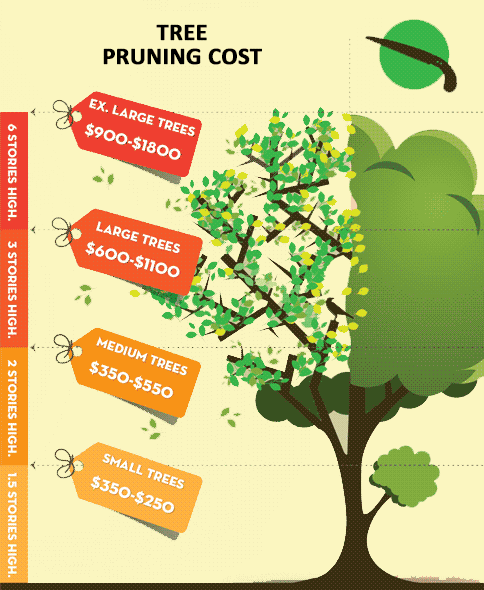Signals That It's Time To Get Rid Of A Tree: Identifying Unsafe Trees
Signals That It's Time To Get Rid Of A Tree: Identifying Unsafe Trees
Blog Article
Post Written By-Vogel Aagaard
When it pertains to tree care, acknowledging the indicators that it's time for elimination is essential for your security and building. You might observe blemished fallen leaves, wilting branches, or weird fungal growths indicating illness. Structural concerns, like a significant lean or cracks in the trunk, can also present threats. Understanding these warning signs can aid you make educated decisions concerning your trees and stop prospective dangers hiding in your backyard. What should you search for next?
Signs of Degeneration and Disease
When you notice indications of decay and condition in your trees, it's vital to act promptly. Reducing And Trimming A Yew Tree for stained leaves, wilting branches, or uncommon growths like fungi. These can show that your tree is struggling.
If you see splits in the bark or soft, mushy timber, these signs and symptoms suggest inner degeneration. Furthermore, an abrupt boost in bugs around your tree can indicate that it's damaged and at risk.
Check for any dead or passing away arm or legs, as they pose a threat to your home and safety and security. If you're uncertain about what you see, seeking advice from an arborist can give clearness.
Addressing these indications early can conserve you from much more substantial damage and guarantee the wellness of your lawn. Don't wait until it's far too late.
Structural Instability and Leaning
As you observe your trees, watch out for any type of indicators of architectural instability or leaning. If a tree leans dramatically, it may suggest that the root system is jeopardized.
Seek any fractures in the trunk or soil around the base; these can indicate prospective failure. Additionally, check for uncommon development patterns, like an unbalanced crown, which may recommend that the tree is having a hard time to hold itself upright.
If you discover that the tree leans toward your home, high-voltage line, or other structures, it presents a higher threat. Do not disregard these signs-- get in touch with an arborist to examine the scenario.
Taking https://does-chlorine-kill-poison84061.is-blog.com/41844357/understanding-of-tree-particles-removal-gains-and-ideal-approaches-for-homeowners can prevent pricey damage and ensure your security.
Dead or Dying Branches and Vegetation
If you discover dead or passing away branches and foliage on your tree, it's a clear indication that something's incorrect.
These undesirable areas can suggest underlying problems like condition, insect problems, or environmental tension. When branches shed their fallen leaves or transform brownish, they're no longer contributing to the tree's wellness. Overlooking these signs could lead to more decrease, making your tree more harmful.
Dead branches can easily break off during storms, positioning a threat to residential property and people close by. It's critical to evaluate the extent of the damage.
If the problem affects a significant part of the tree, think about getting in touch with a professional. They can help determine if removal is essential to ensure security and preserve the charm of your landscape.
Verdict
If you observe any type of indications of decay, structural instability, or dead branches on your trees, don't disregard them. These indications can pose major security dangers to you and your building. It's always best to consult an expert arborist that can supply an expert evaluation of your trees. Taking action early can protect against accidents and costly damages, ensuring your landscape stays safe and healthy and balanced. Bear in mind, it's far better to be proactive regarding tree treatment than to await a calamity to occur.
